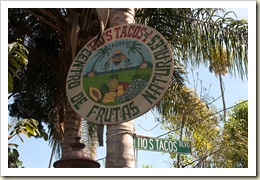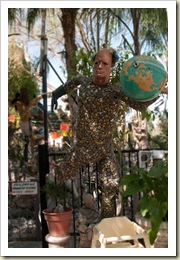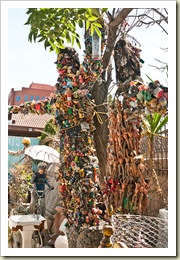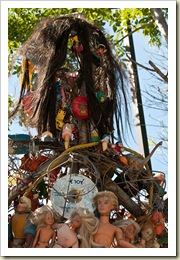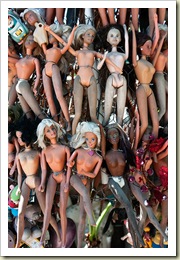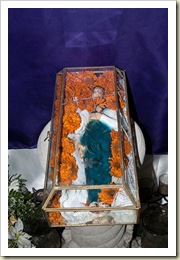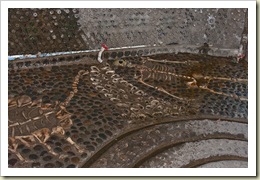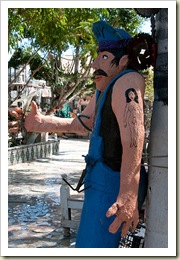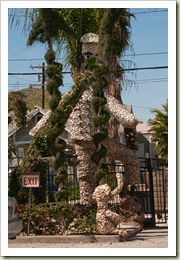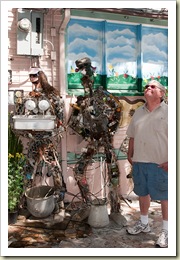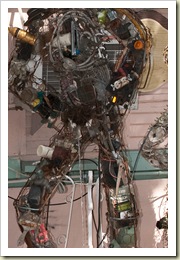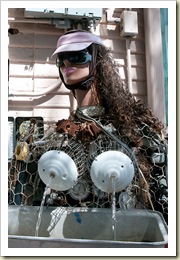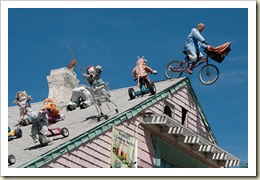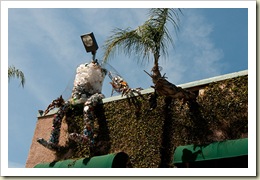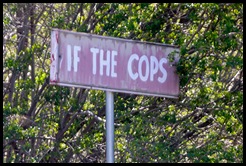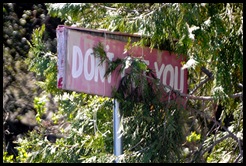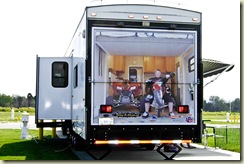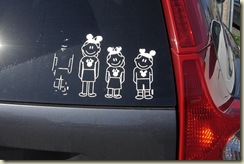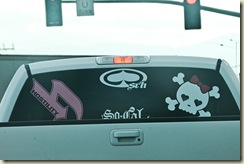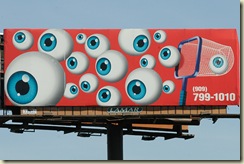What would your house look like if you kept everything that came in. Not everything with some, if only minimal value, but everything.
Would you decide to make humanoids out of mussel shells and soda caps? Paving stones from light switches and defunct GPS receivers? Shrine walls from colored bottles, fountains from light fixtures, and chorus-line torsos from Barbie dolls?
Martin Sanchez has done this and more at his restaurant, Tio's Tacos, in Riverside CA. For 17 years he has created, molded, cemented, fastened, and fabricated just about everything from what is – at least to the rest of us -- junk and nothing. And then he put it in his yard for all to enjoy.
Here is a sampling. Click to embiggen any photos.
Atlas from bottle caps:
People (and two detail images from the right-most figure) made from miscellaneous stuff, including a AOL disk (remember how many of those we all once had?):
Shrine and “skeleton” (see below) buildings made of bottles:
Inside of the shrine, and close-up of the “deceased”:
The “skeleton” building has a dino and a human skeleton embedded in the floor, and a spiral of running water in the middle:
Some more “people”:
Did John miss the “Restroom Door” sign”?
Santa would love to see what was “up on the housetop”:
Did I mention that the food was good here?

